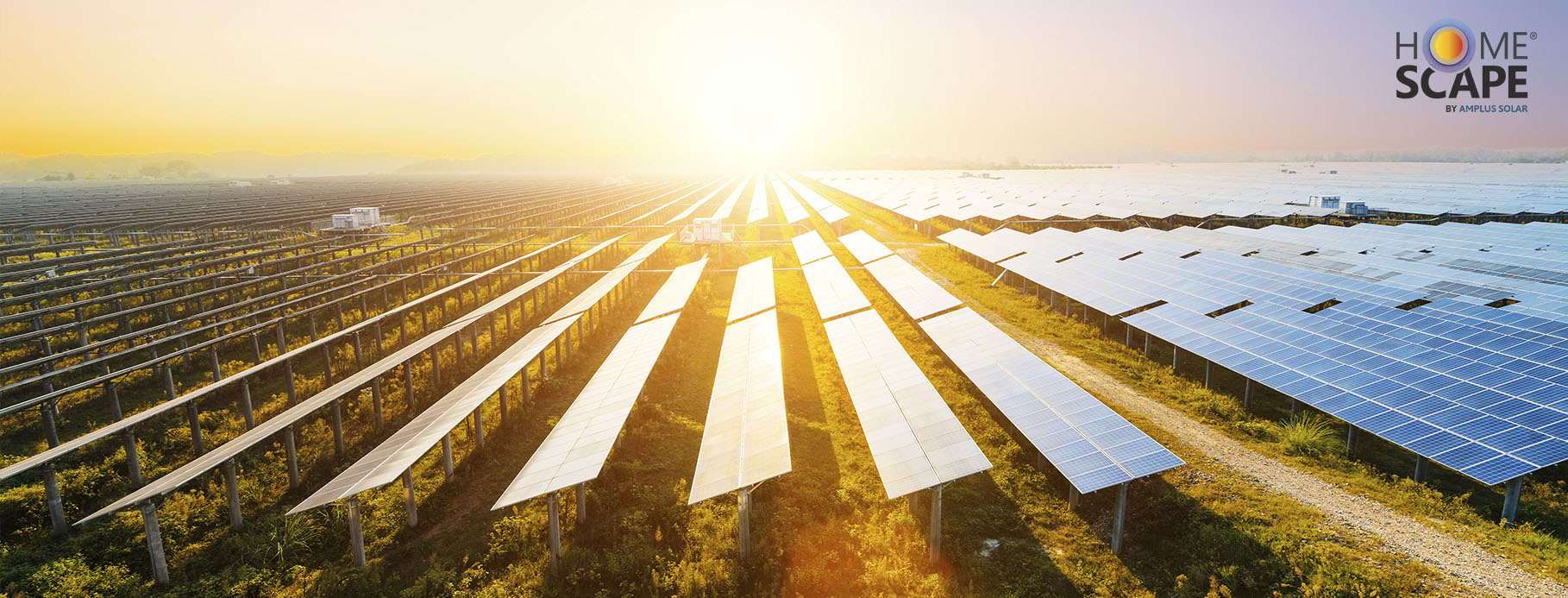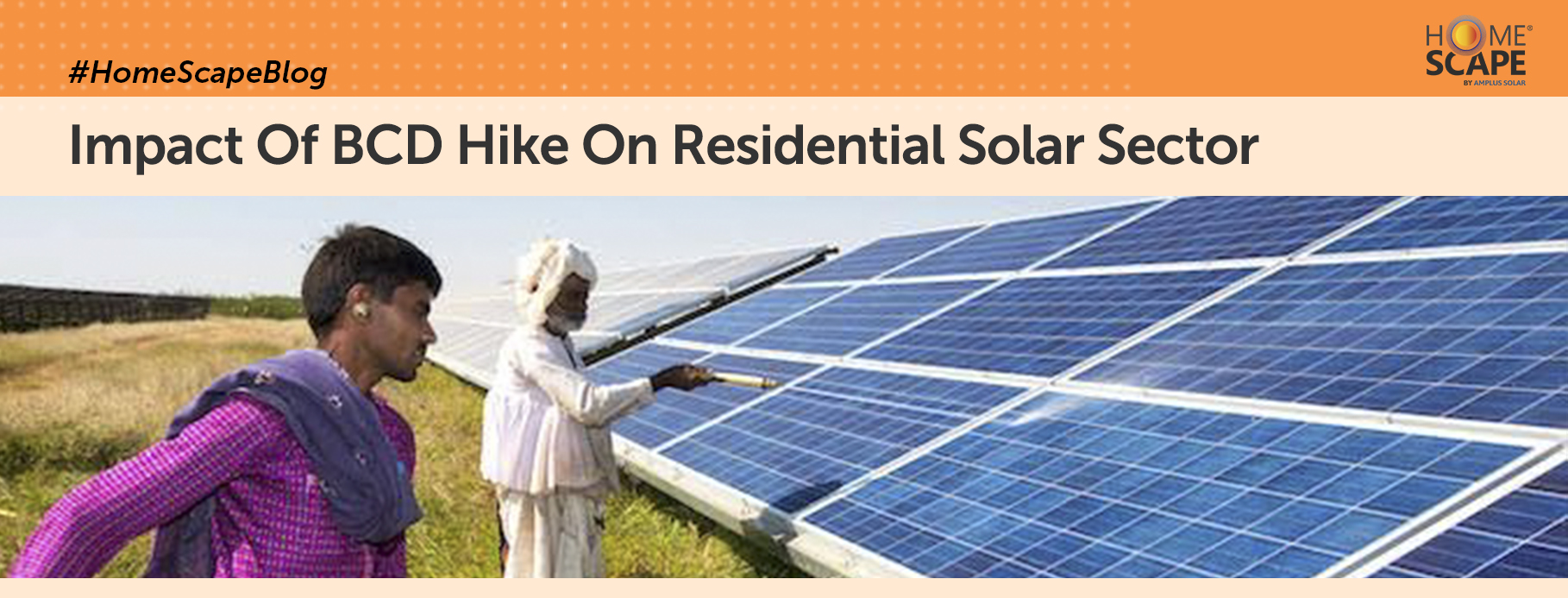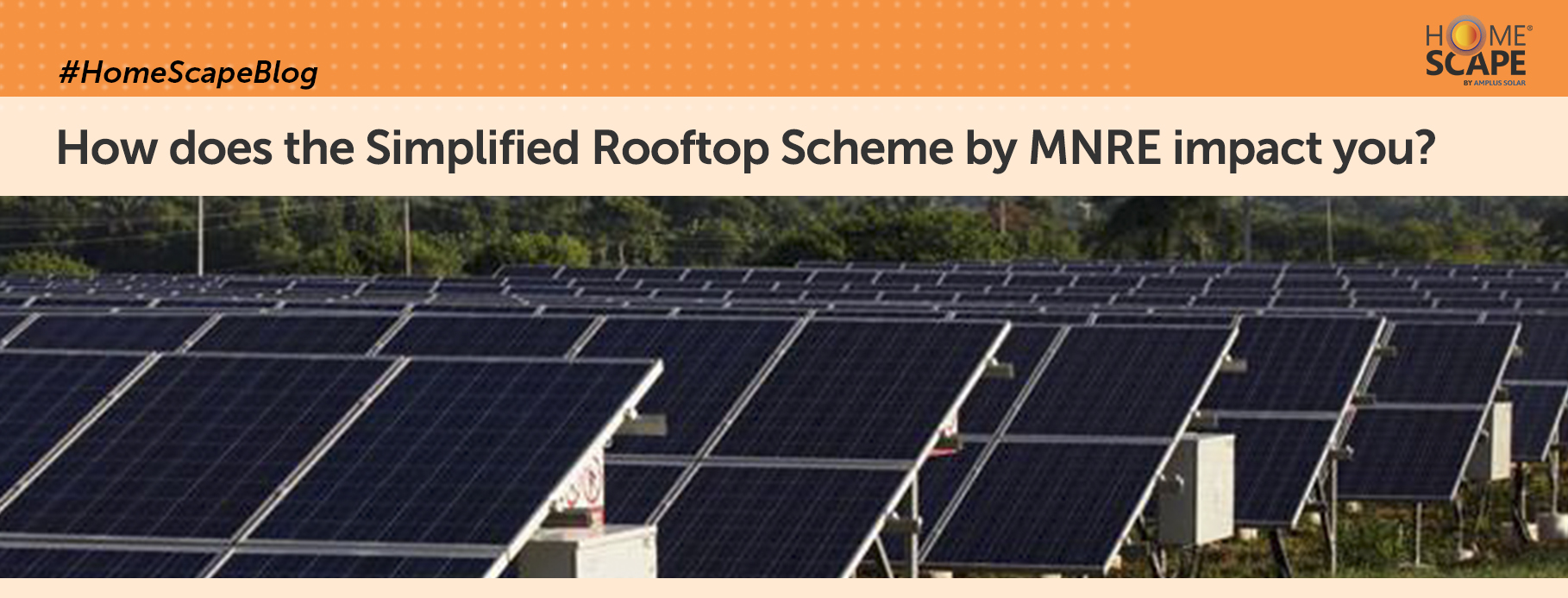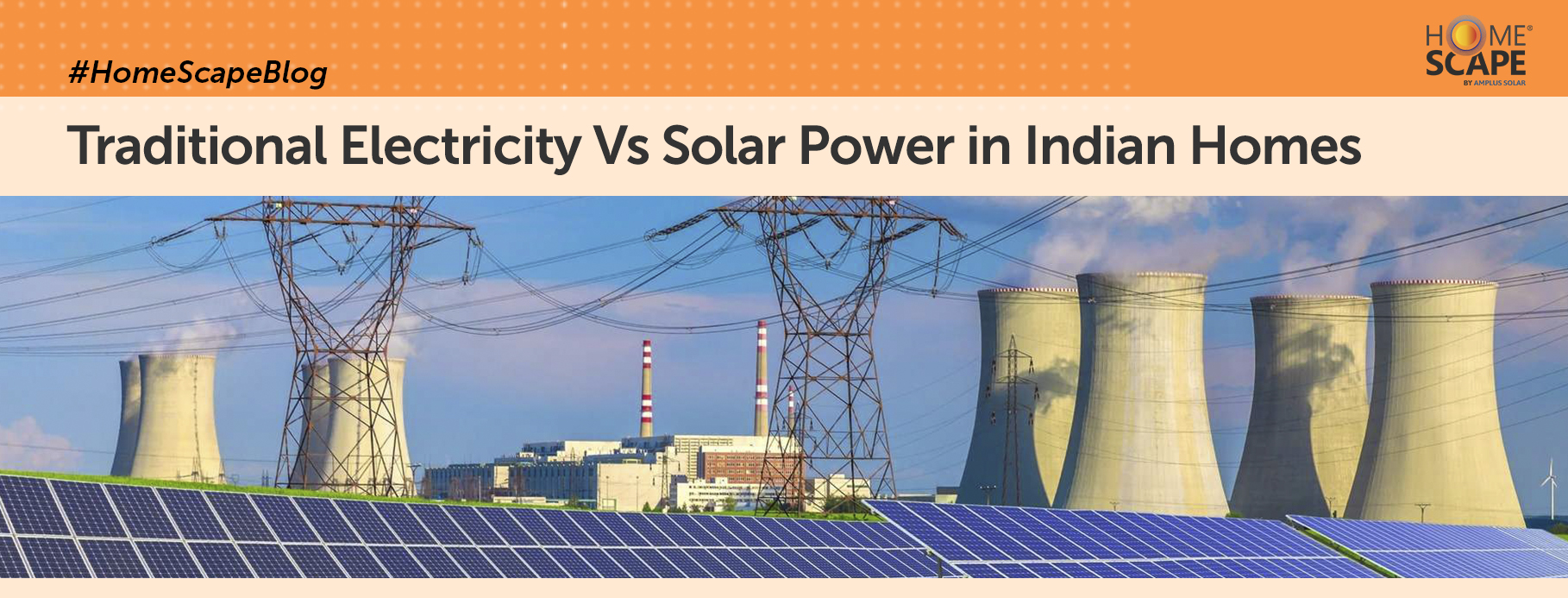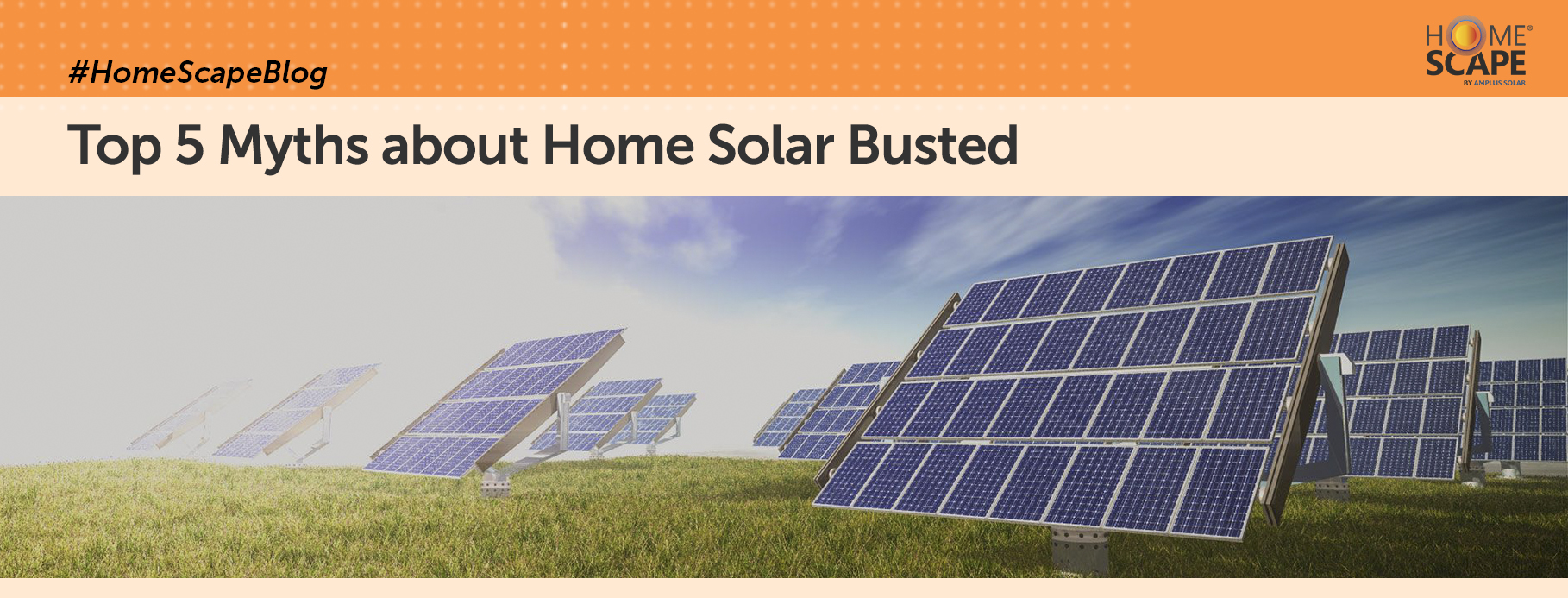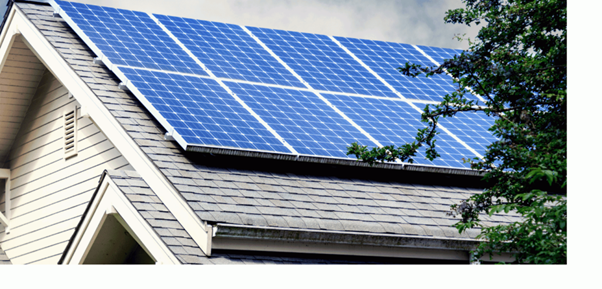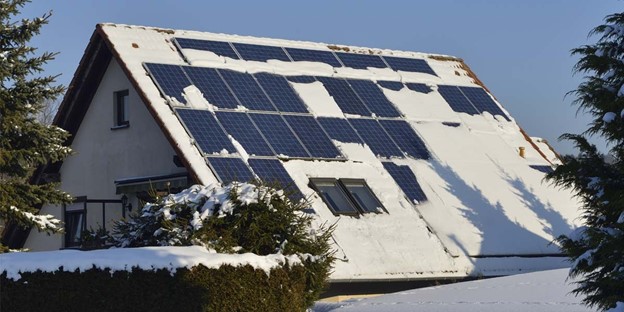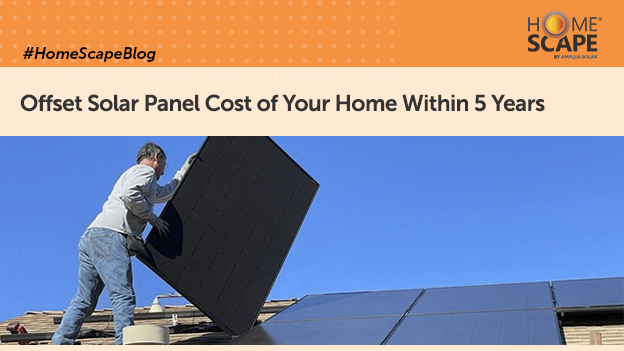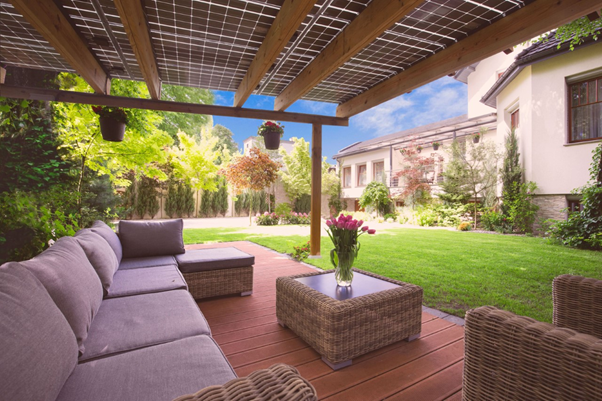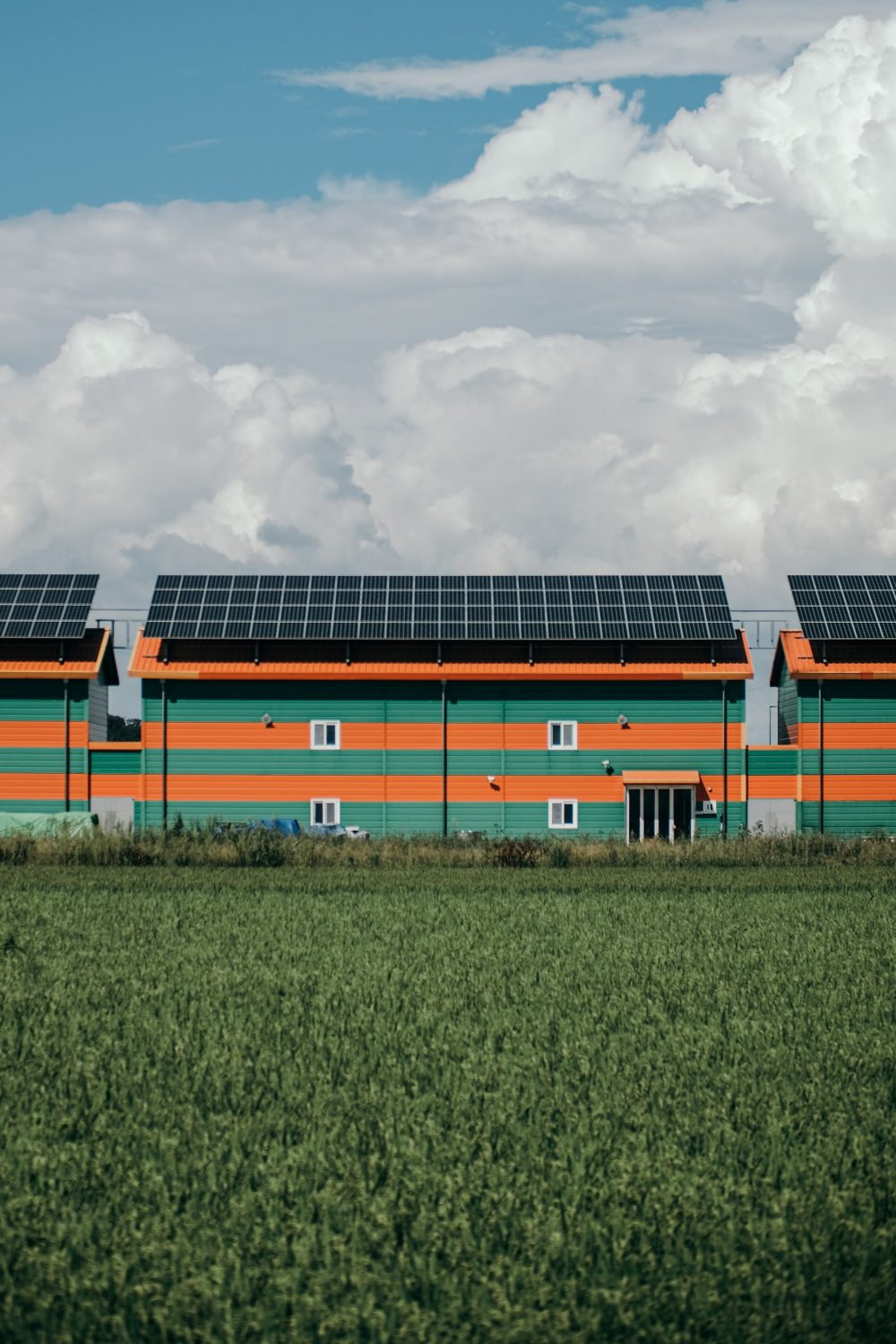Categories
18 April 2022
How to Plan Solar Panel Installation for your Home
Getting rooftop solar system for your home is a smart investment to get practically free power for the system’s complete [...]
01 March 2022
Impact Of Basic Customs Duty Hike On Residential Solar
In response to a long-standing demand from India’s solar manufacturing sector, the Ministry of New & Renewable Energy (MNRE) will [...]
18 February 2022
How does the Simplified Rooftop Scheme by MNRE impact you?
Switching to Solar has become simpler with the new rooftop solar installation scheme update by MNRE. In the recent announcement, [...]
14 February 2022
Traditional Electricity Vs Solar Power in Indian Homes
Consumers can’t differentiate between traditional electricity or solar power as far as functionality is concerned. But, the modern, aware and [...]
07 February 2022
Top 5 Myths about residential rooftop Solar Busted
The first solar panel was built in 1881 by Charles Fritts. It has been centuries since its inception but the [...]
02 February 2022
How Cost-effective is it to install solar at home the Long Run?
A residential solar energy system is a smart investment that comes with the promise of guaranteed long-term savings. Despite the [...]
05 January 2022
How to Prepare Your Rooftop Solar Panel for Winters
Your home solar panel system can work efficiently even in cold and harsh winters. All it needs is a little [...]
01 December 2021
Offset Solar Panel Cost of Your Home Within 5 Years | HomeScape
High electricity bills among rising inflation have become the new normal for homeowners. Considering the current global energy crisis coupled [...]
08 October 2021
Best Practices To Get Maximum Power Generation From Your Home Solar Plant
Understanding the way solar panels work is crucial to getting the most out of your domestic solar system. Most people [...]
12 July 2021
The Lifespan of a Solar Plant
When you are considering investing in solar electricity for your home, wondering how long solar panels last is a question [...]
